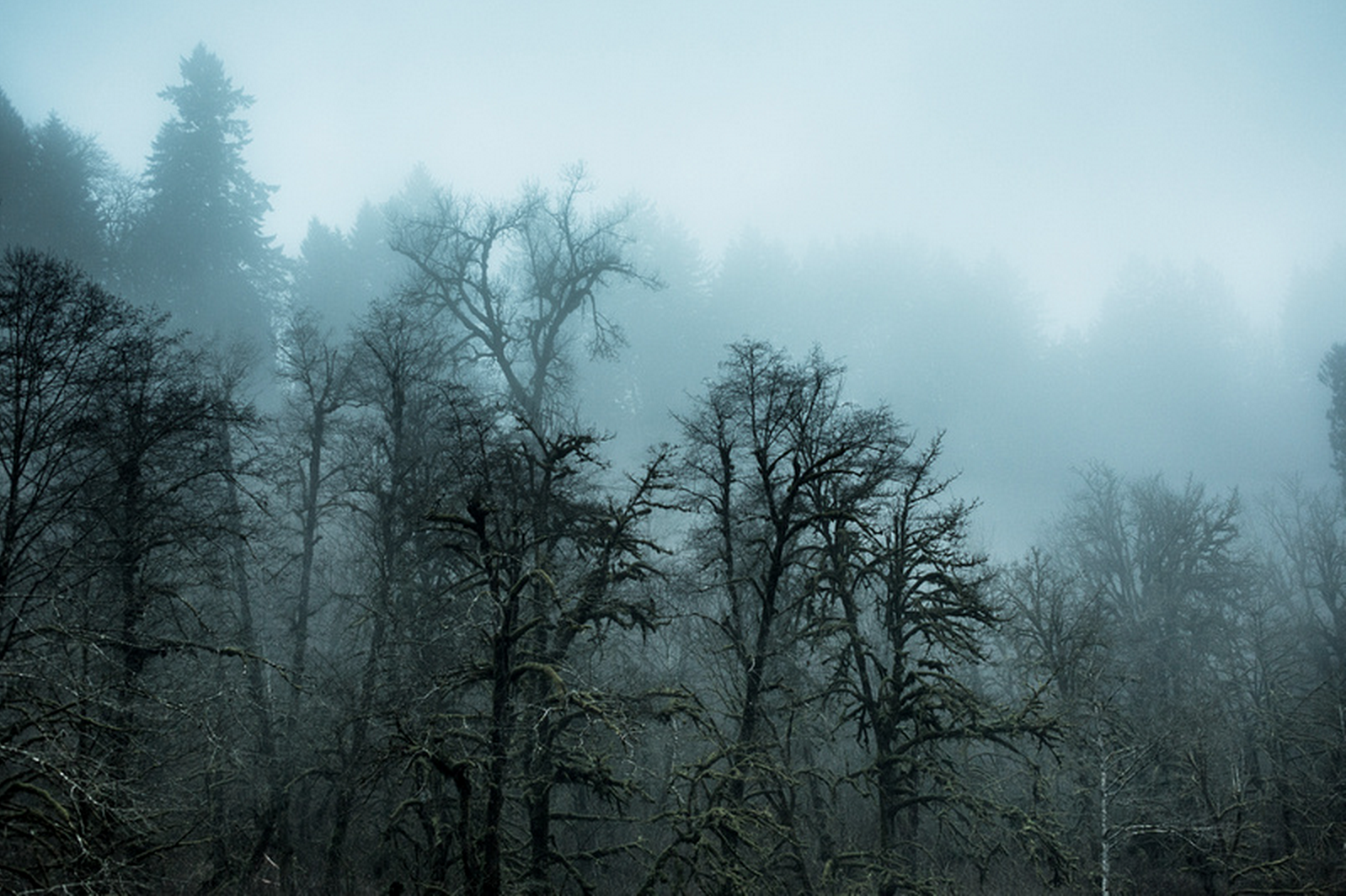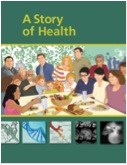February Networker is now available
The Transformative Power of Storytelling in Law, Science, and Organizing
"Which stories do we tell? Stories of life. To whom do we tell them? To the decision-makers, to the people, to future generations. How do we tell them? In the language of power, in the language of the heart." - Caitlin Sislin
Once upon a time . . . in a land far away . . . at the threshold of a dark forest . . .
The power of story lies in its ability to transfix, transport, and translate. It illuminates the abstract through the familiar, provides unimagined context and new perspective, and unbinds traditional concepts of space and time. A story has the power to tell the deeply truthful. A great story has uncertainty. And, a great story rewrites the rules of the game. In uncertainty there is mystery, adventure, innovation, and trials of character. Our world is inherently uncertain. We do not know the full extent of our impact on future generations. We do not know the full extent to which we are already negatively impacted in this generation. What we do know is that the zeitgeist of the times calls for cutting-edge narratives to usher in new and revitalized frameworks, roles, institutions, and policies to match the issues we face. We also know that our human stories up until now have been tragically piecemeal, exclusionary, and simplified. One of the most compelling ways of challenging destructive narratives and narratives that no longer fit with what people are experiencing and witnessing is to open up the storyteller circle and the contexts in which these stories are told. Writers—but also scientists, lawyers, and organizers—are challenging the stilted and depressingly age-old narratives that keep us spellbound, unseeing, or unfeeling. New contexts and new characters are being written as re-envisioned reality. If the information or idea does not fit into existing contexts, a new context is created. This type of visionary storytelling asks: “what story is not being told”, “why must things be as they are” and then, “what would things look like if they were not so”? It is the kind of re-visioning needed to tell the powerful story of visionary science and law. SEHN recognizes the power of a story that is deeply truthful and has moral clarity. With this as a compass, SEHN works at the intersection of science and justice, in the deep truthfulness that science stands for and the moral clarity that real justice brings. Along its journey, SEHN has created markers in the form of the precautionary principle, ecological medicine, and guardianship of future generations. In its work, SEHN recognizes ecological complexity, the cumulative and interconnected nature of environmental harms, and the experience of time as a primary dimension of environmental problems. SEHN sees ethics as a necessary companion to science, in decision-making about human health and well-being. All of these lessons lead to the recognition that we must harness the transformative power of storytelling, to effect lasting change. In this month’s Networker we listen to the power of story in law, science, and organizing. Science as story: a spaceship of the imagination
In the first episode of Cosmos: A Personal Voyage, Carl Sagan asks you to step into a spaceship of the imagination. The ship is shaped like a dandelion seed, and takes you through vast amounts of space and time. We often think of science as data, graphs, a disconnected narrator, which can make the very real events, people and places seem far away or abstract. It’s difficult and daunting to imagine how we will adequately address the critical issues we face because the solutions require us to imagine scenarios we have never experienced. Climate change is a good example of a story difficult to tell. Its causes are the majority of activities that people do around the world daily, and its impacts range from place to place and across very long stretches of time. The information is by nature uncertain, but science told as mystery transforms the pursuit of information into the piecing together of clues. Scientists become the detectives and the heroes. Science told as mystery transforms it into a deep lesson for what to do when we are faced with uncertainty. Justice: The hardest stories to tell are the ones the public cannot endure
One of the strongest arguments for caring about the environment today is the widely held belief in equal justice. Valuing people in the far future is based on the position that everyone (everything) should be valued equally. But traditional history shows us equality has simply not been for all, and there are entrenched systems in place to perpetuate this age-old inequality. Justice told as story challenges the compressed and simplified human story. Genres like speculative fiction can call into question systemic oppression, and open up space for the root, long histories of environmental and social problems to be told. We need stories from the edges, from the marginalized and the historically silenced, to meet the call for radical, unparalleled change.
~
In both science and justice, writing with uncertainty is a very different thing than writing for uncertainty. Writing for uncertainty is answering the call from future generations. Writing for uncertainty is breaking open a box and transforming it into a compass for this new territory of human problem solving. We trust in the public’s capacity to deal with mystery and uncertainty. The stunning complexity of our environment is beautiful and daunting. And we are being called to face the uncertainty this complexity brings by doing the only thing we can do in response to the ever-increasing call for radical, unparalleled change; igniting our imaginations!
 On Being and Environmental Lawyer: Storytelling with a Purpose
Caitlin Sislin, Strategic Consultant to social impact organizations, shares her writing On Being an Environmental Lawyer: Storytelling with a Purpose. She writes of justice and advocacy as, at their most basic level, ‘storytelling with a purpose’, ‘inherent to the achievement of justice’.
On Being and Environmental Lawyer: Storytelling with a Purpose
Caitlin Sislin, Strategic Consultant to social impact organizations, shares her writing On Being an Environmental Lawyer: Storytelling with a Purpose. She writes of justice and advocacy as, at their most basic level, ‘storytelling with a purpose’, ‘inherent to the achievement of justice’.
Continue Reading Caitlin Sislin's article here.
A Story of Health SEHN’s own Ted Schettler, Science Director, and one of the primary authors of this incredible new series, brings us A Story of Health. Storytelling is one way to express the interactions between multiple layers of health and has been shown to be a powerful way to learn. This multi-media eBook uses the power of personal stories to ground the science of health and to explore the risk factors for disease. Using stories of fictional people and a family reunion as a backdrop, A Story of Health explores how multiple environments influence our health across a lifespan. More on the groundbreaking A Story of Health here
Join in the next story, the story of Brett, a young boy with asthma, on March 12, 2015. To register, CLICK HERE.
Visit the Collaborative on Health and the Environment to listen to the January 22 teleconference on “Stephen’s Story”, a childhood leukemia story. An MP3 recording is available along with the slides.
Free Continuing Education Credits for Health Professionals The eBook offers FREE continuing credits offered by the Centers for Disease Control and Prevention/the Agency for Toxic Substances and Disease Registry. Each story is accredited separately with information available in the eBook. See more about registration for credits.
The final piece is an excerpt from the forthcoming Companion to Political Engagement, a comprehensive document intended to support community membe rs’ political engagement as guardians for future generations. This excerpt introduces the concepts of the transformative power of grief in organizing, a new theory of agency - the authority to act, and a new theory of power - the power of communion.
rs’ political engagement as guardians for future generations. This excerpt introduces the concepts of the transformative power of grief in organizing, a new theory of agency - the authority to act, and a new theory of power - the power of communion.


